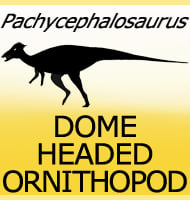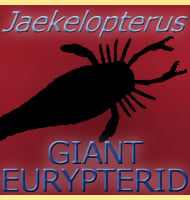In Depth
Cteniogenys is a genus of reptile that is commonly found associated with former deposits of freshwater. This has led to the possible scenario of Cteniogenys being semi-aquatic and perhaps even hunting for fish. It may be however that the remains of these individuals may have simply been taking a drink near the time of their death, and were more likely to be preserved by the water and mud where they would be covered up from scavenging predators.
There has been speculation that the Canadian fossils of Cteniogenys may in fact represent a similar but different species or genus of reptile. This is because at the time of writing the Canadian specimens of Cteniogenys are the only ones that are dated to the Late Cretaceous, with all of the other fossils of Cteniogenys from the United States to Europe being dated to the late Jurassic. This means that this is a temporal gap of at least sixty-six million years between the Canadian fossils and those of the rest of the world. Of course this does not make it impossible that the Canadian remains are those of the genus, but to further complicate matters, the Canadian specimens of Cteniogenys are only of partial skulls and jaws which means that there is even less material to compare them to.
Further Reading
- Fossil lizards of North America. - Memoirs of the National Academy of Sciences 22(3):1-201 - Charles W. Gilmore - 1928. - New material of Cteniogenys (Reptilia: Diapsida) and a reassessment of the phylogenetic position of the genus - Neues Jahrbuch f�r Geologie und Pal�ntologie, Monatshefte 1989 (10): 577–589. - Susan E. Evans - 1989.









